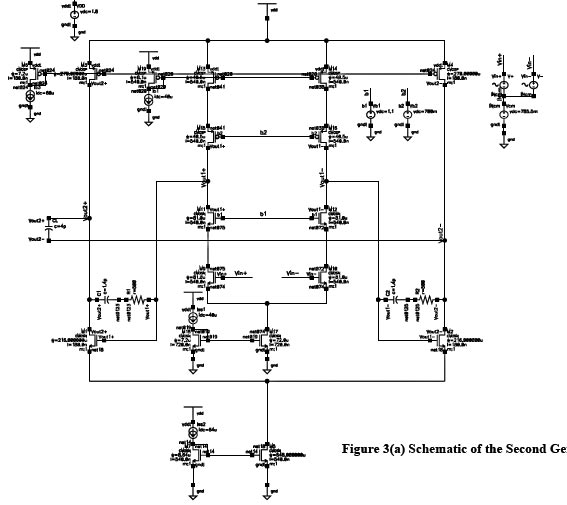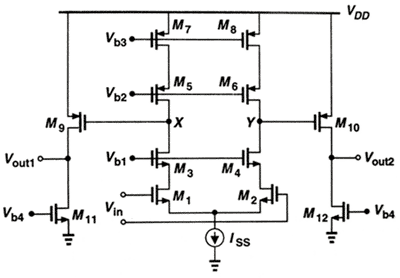yonzzan
Junior Member level 3

Can anyone explain how the second stage of this topollogy works? The first stage looks like a telescopic op amp but I am not sure about that as well. I have never seen this type of topollogy. I would also appreciate if you can let me know any text book covers this topology.
With much appreciation
